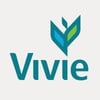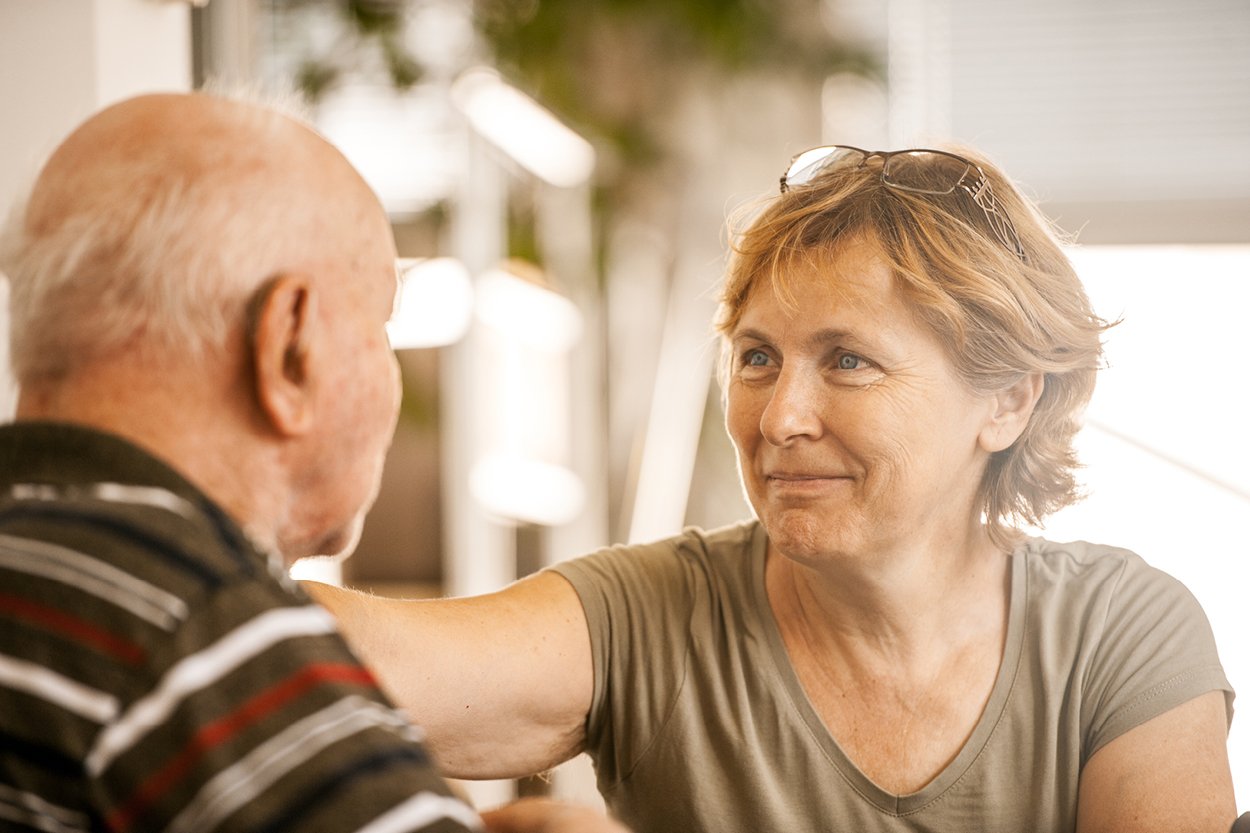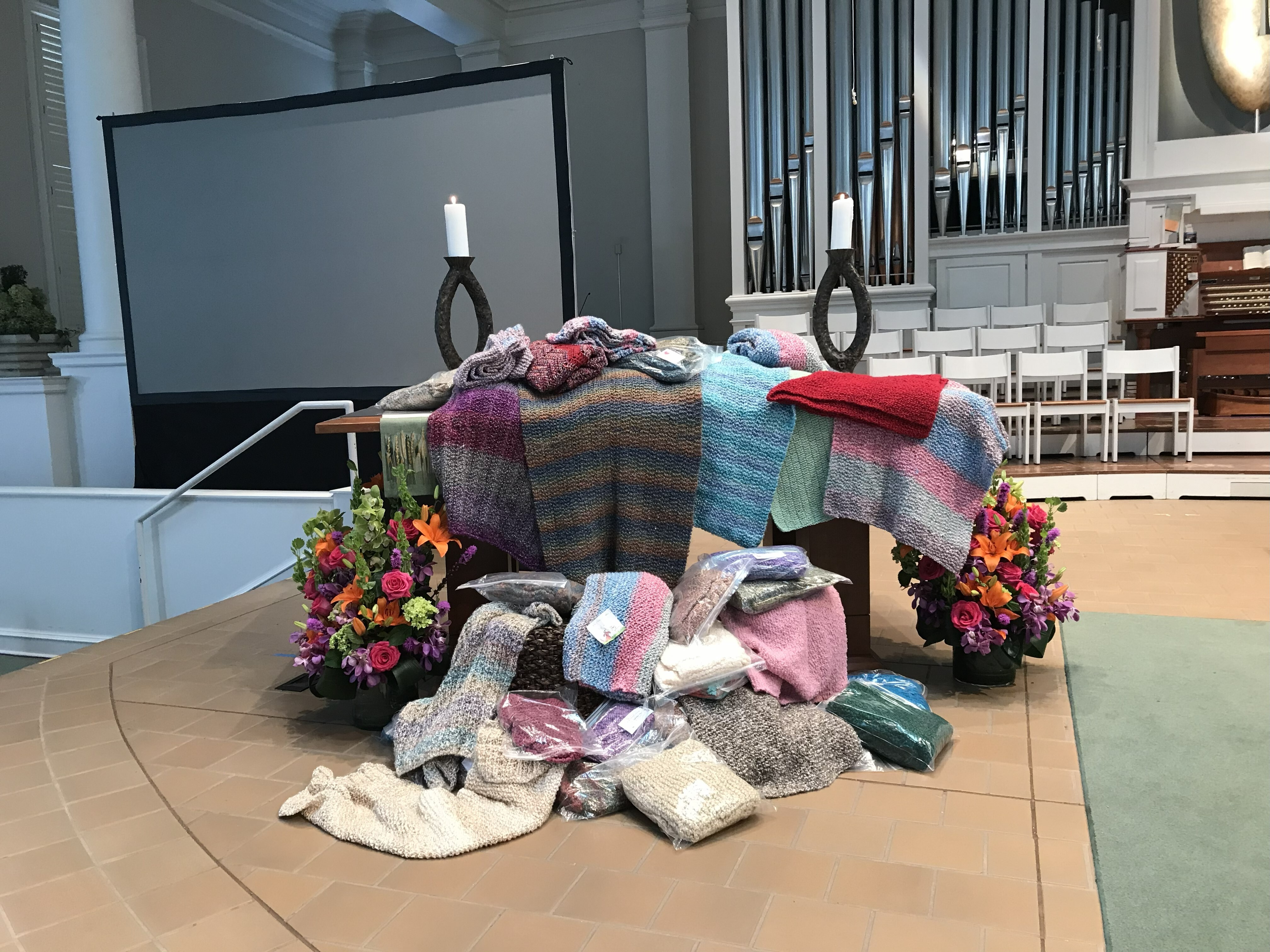As chaplains, we’ve learned to listen for what is not always easy to say. It often begins quietly, in a whisper:
"I've never shared this before."
"This is really hard to talk about."
"I've carried this for years."
We recognize these words as an opening, a request for trust, a vulnerability that demands complete honesty, and in just a few words, an ordinary space turns into holy ground. These moments matter; the stories that follow are not always dramatic but are always meaningful—someone is about to share something they’ve carried for a lifetime. What they share—the weight of a decision, the ache of a broken relationship, or pain passed down through generations—often arrives at the same place: the threshold of forgiveness.

Making Sense of Forgiveness
As chaplains, we recognize that many prefer not to cross that threshold. That’s understandable—many people have spent their lives misunderstanding forgiveness. We’ve been told forgiveness requires pretending as though the wrong never happened. Pretending can grate on our need for justice and set us up for further pain. How can we forget when our brains are designed to remember? How can we forgive if it requires forgetting?
You may find forgiveness impossible if you believe the person who harmed you must first express remorse. Or you think forgiveness isn't real unless you express it to the person who harmed you. If that person is no longer in your life or presents an unsafe space to you, that can be a barrier. Finally, you may believe if you just ignore your pain, it will go away, making forgiveness unnecessary.
These misunderstandings can hinder your healing and, ultimately, your peace. You don’t have to forget a wrong once you forgive—instead, remembering the wrong is an essential part of your forgiveness journey. You don’t need the remorse of the other or to express forgiveness to experience it—forgiveness is an internal process. Finally, like a serious physical wound that won’t heal without care, emotional and relational wounds also need intentional care to heal.
How Forgiveness Heals
Why should forgiveness be part of your healing journey? Because it makes a difference. Research shows that grudges cause harm, and forgiveness brings healing. In the Johns Hopkins article, "Forgiveness: Your Health Depends on It," we learn that,
"Studies have found that the act of forgiveness can reap huge rewards for your health, lowering the risk of heart attack; improving cholesterol levels and sleep; and reducing pain, blood pressure, and levels of anxiety, depression, and stress…Chronic anger puts you into a fight-or-flight mode, which results in numerous changes in heart rate, blood pressure, and immune response. Those changes, then, increase the risk of depression, heart disease, and diabetes, among other conditions. Forgiveness, however, calms stress levels, leading to improved health."
Begin Your Healing Journey
You may ask, "How do I forgive?" When you explore what needs to be forgiven, you’re often presented with neatly packaged prayers, poems, or internet memes. If forgiveness was that simple, you’d do it a lot more often. But it takes time to search within yourself, to name what you’re feeling, and sit with it, exploring how to move forward and cross the threshold onto a sacred path of healing.
To help you begin your healing journey, we offer this model for harnessing the power of forgiveness: Acknowledge. Heal. Liberate.
Acknowledge – Face the Hurt
Your journey begins with expressing the truth about your painful experiences. In Sarah Montana's TEDxLincolnSquare talk, The Real Risk of Forgiveness–And Why It's Worth It, she shares,
"You have to get super specific about what exactly it is that you're forgiving because you cannot forgive something that didn't happen to you."
Sit in stillness, explore with words, and attempt to feel the wound, no longer concealing it from yourself. Forgiveness requires honesty and bravery. Spirituality and science confirm: healing starts when you acknowledge your pain.
Heal – Create Space for Compassion
The process of healing starts by being present and naming the pain you’ve been experiencing. You might do this through meditation and prayer; you might also express in writing the words that hold your deepest pain. Dr. Fred Grewe, in "Your Soul's Legacy: Forgiveness Exercise," offers,
"Healing is not about rushing past your pain; it's about allowing yourself to feel, process, and begin to let go."
You must show yourself kindness here; you begin to heal only when you’ve taken the time to name, locate, and finally release your burden. Healing opens the possibility of liberating yourself from past hurts, offering an inner tranquility that benefits you and those around you.
Liberate – Choose to Move Forward
Liberation doesn’t mean forgetting—it means releasing the emotional attachment to hurt and moving forward with peace. Suzanne O'Brien, RN, offers in the Doulagivers "Forgiveness Guide" that,
"Forgiveness is a continued deliberate decision to release feelings of resentment or vengeance toward a person or group who has harmed you."
Liberating yourself from past harms doesn’t grant them freedom from responsibility—it unhooks you from the experience.
“Unhooking" yourself is emotional and physical. Study after study shows that those who engaged in intentional forgiveness experienced significantly lower cortisol levels and improved immune function compared to those who held on to resentment. In short, liberation is physically, emotionally, and spiritually healing.
The path to forgiveness will lead you through challenging terrain, but its value remains constant. As you step over the threshold, your liberation brings your narrative to life, and you no longer suffer, feeling a sense of guilt or apprehension. By crossing that threshold, you’ll rediscover your authentic self.

Tom Waknitz and Erin Hurley Robinson
Tom Waknitz, M.Div. brings compassion, presence, and versatility to his work on Vivie’s spiritual life team. As a chaplain, he supports residents and families through life’s most meaningful transitions. Tom, who completed a Master of Divinity degree in 2025, is certified by the International End-of-Life Doula Association and the International Coaching Federation. His path to chaplaincy began after a career in technology and operations, driven by a desire to walk alongside individuals and families during times of change and reflection—especially in hospice care. In addition to his role in hospice care, Tom contributes to team-wide efforts, including developing community-based spiritual programming. He’s committed to creating space for comfort, connection, and dignity at every stage of life.
Erin Hurley Robinson is dedicated to supporting the well-being of those who serve others. As team chaplain manager at Vivie, she leads the Team Wellness Program, providing resources for self-care, mentoring, and emotional support while empowering team members to prioritize their overall wellness. Erin holds a Master of Divinity degree from United Theological Seminary and a master’s degree in marriage and family therapy from Bethel University. Her career has spanned chaplaincy in medical, surgical, labor and delivery, and long-term rehab settings, as well as clinical mental health. At Vivie, she has served as a chaplain in our residences and as a team wellness chaplain. With a deep commitment to building relationships, Erin creates space for people to feel heard, supported, and valued.



